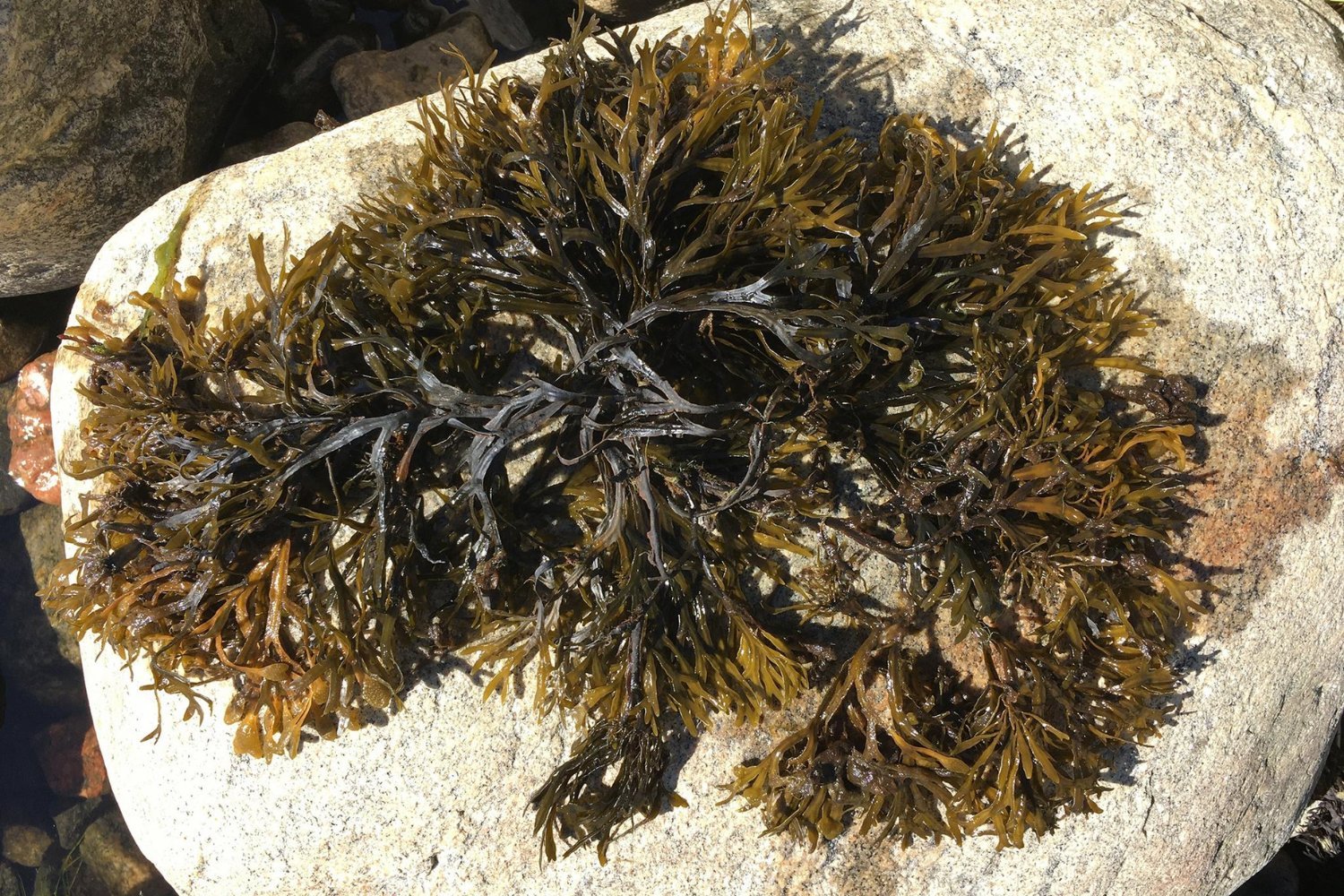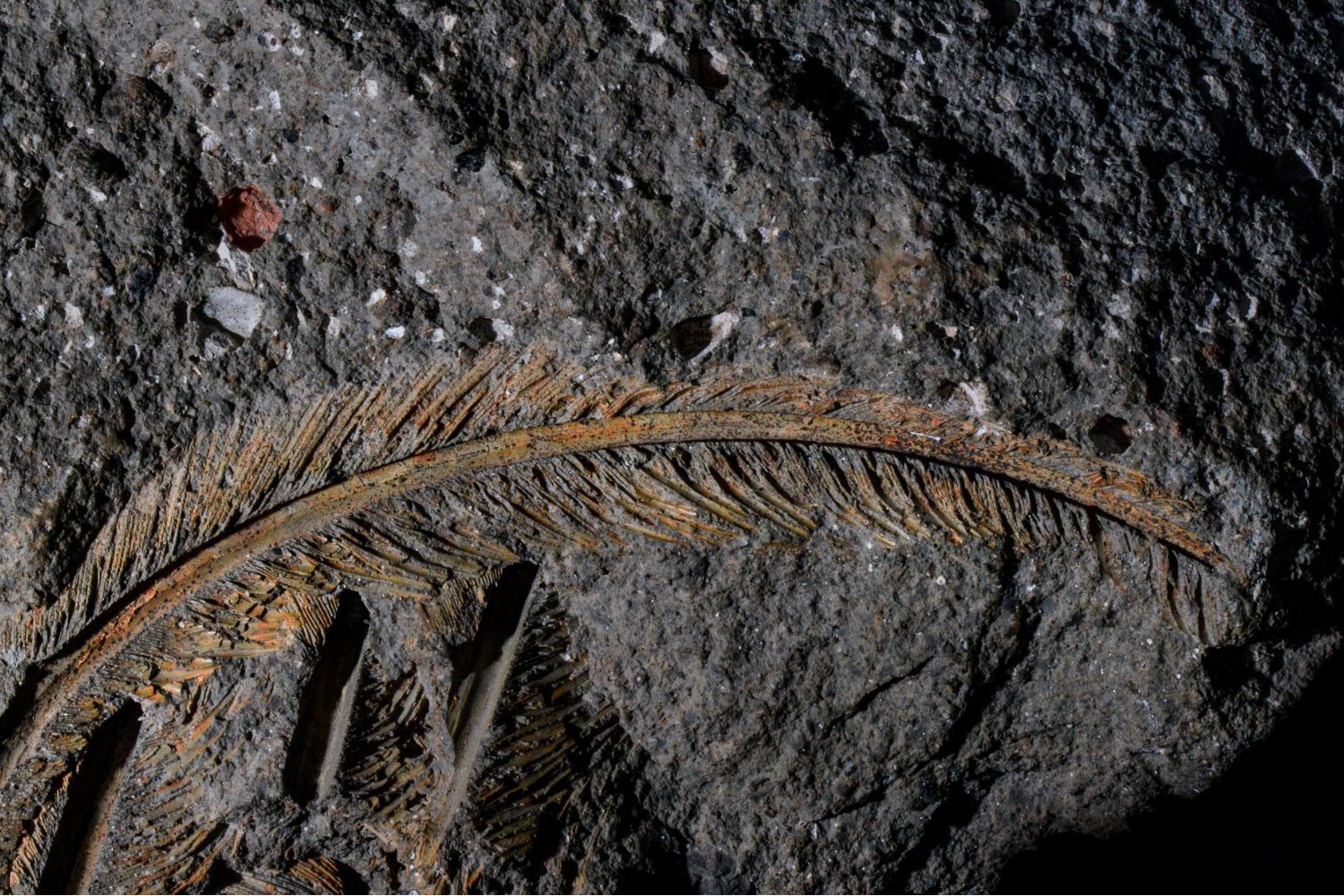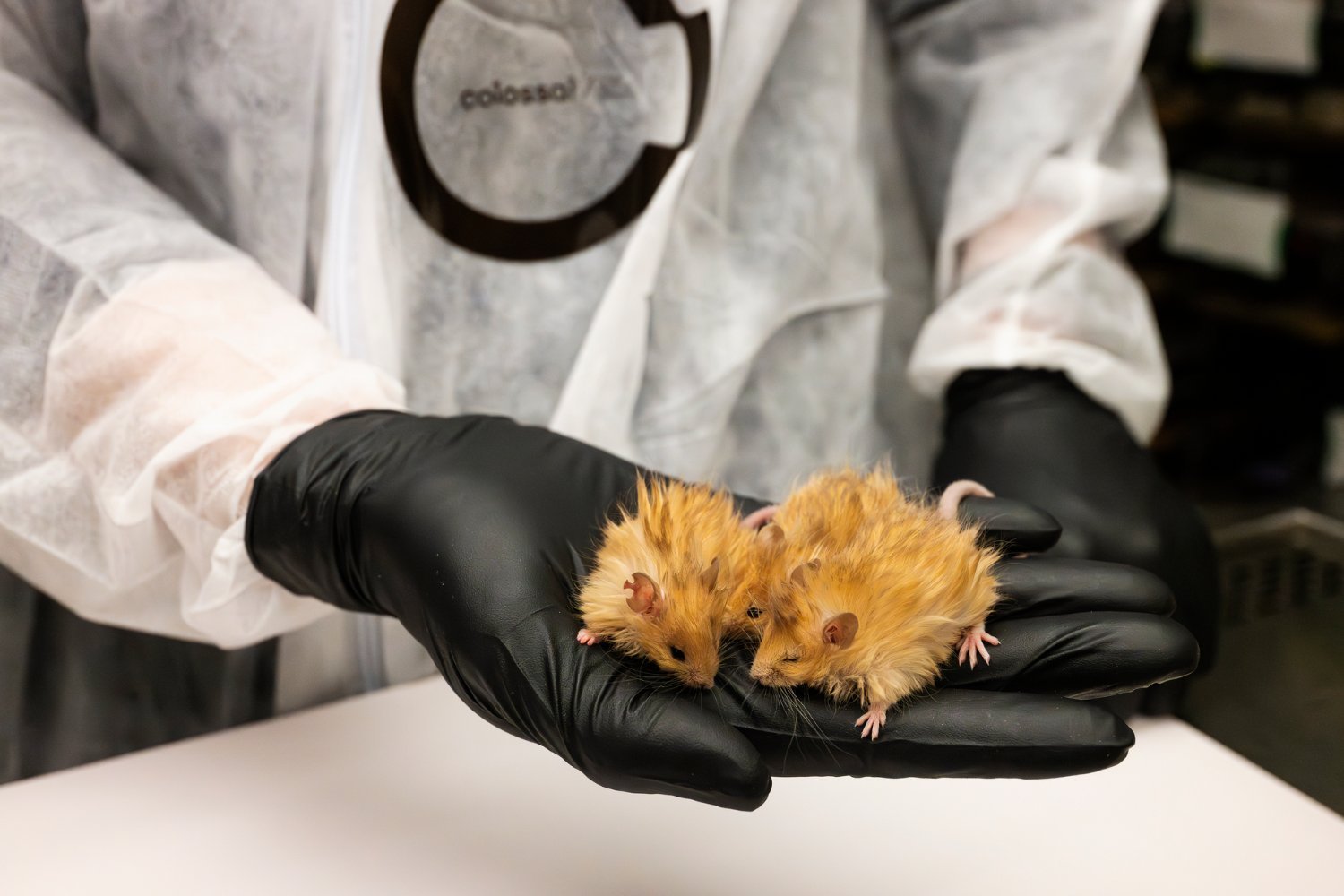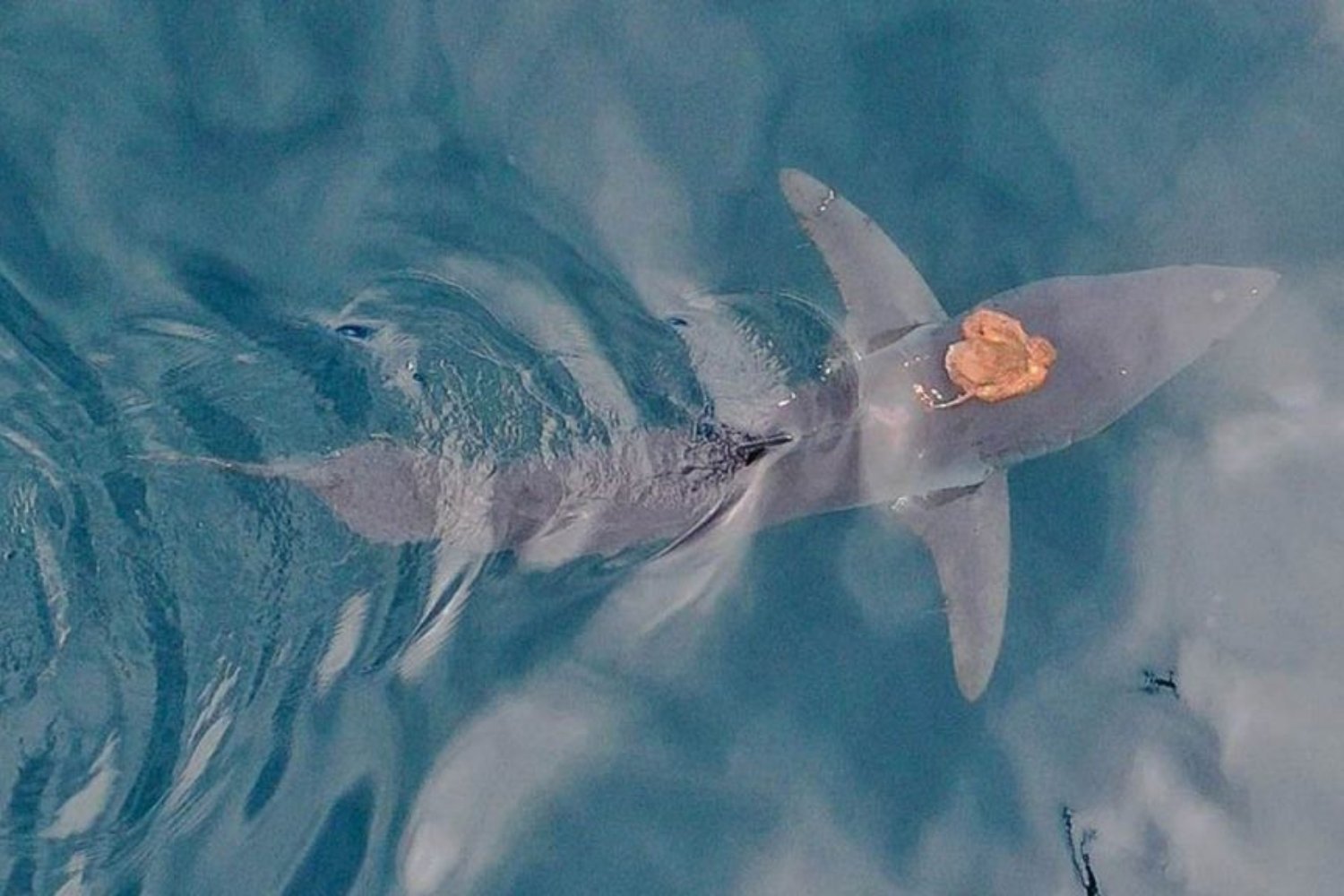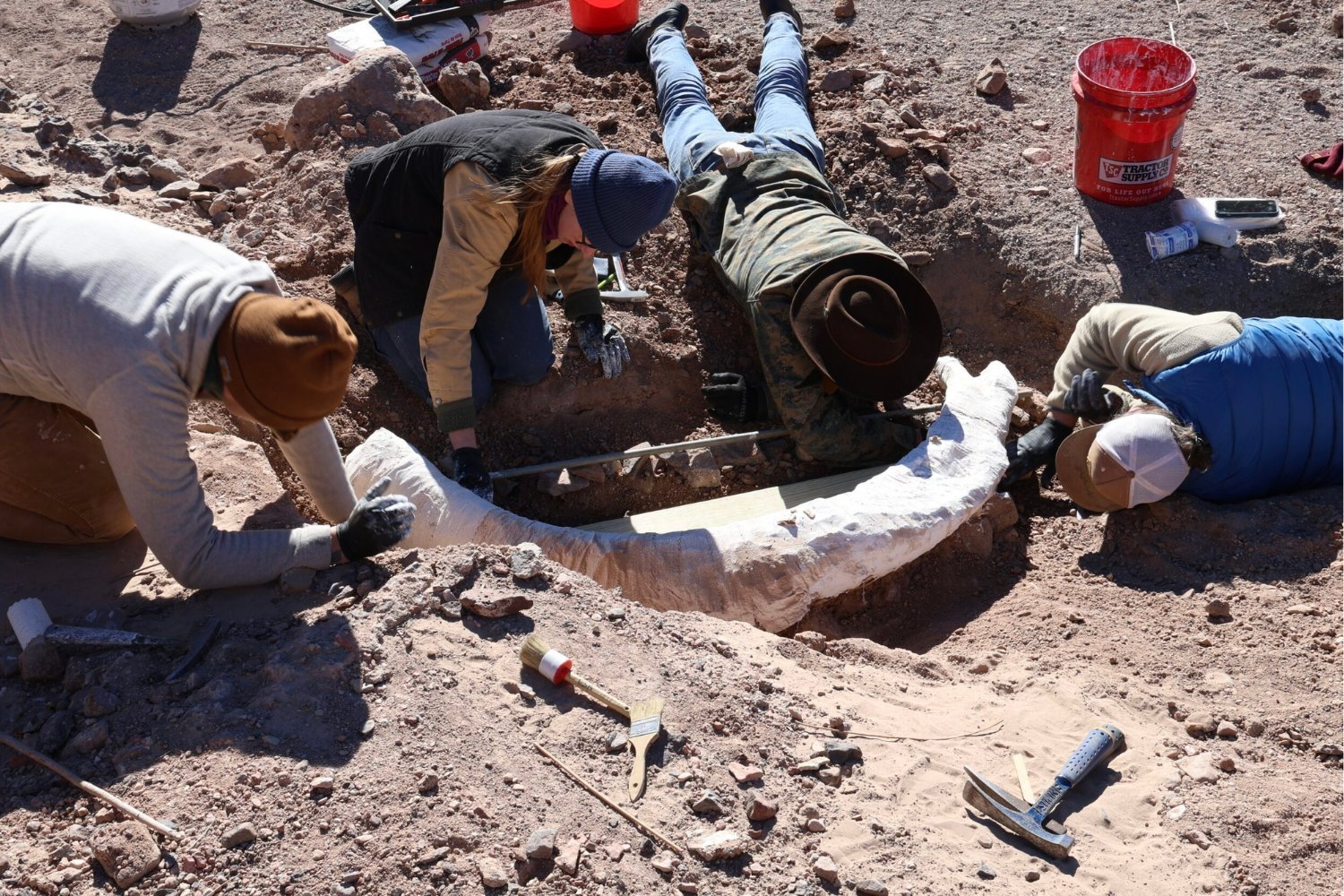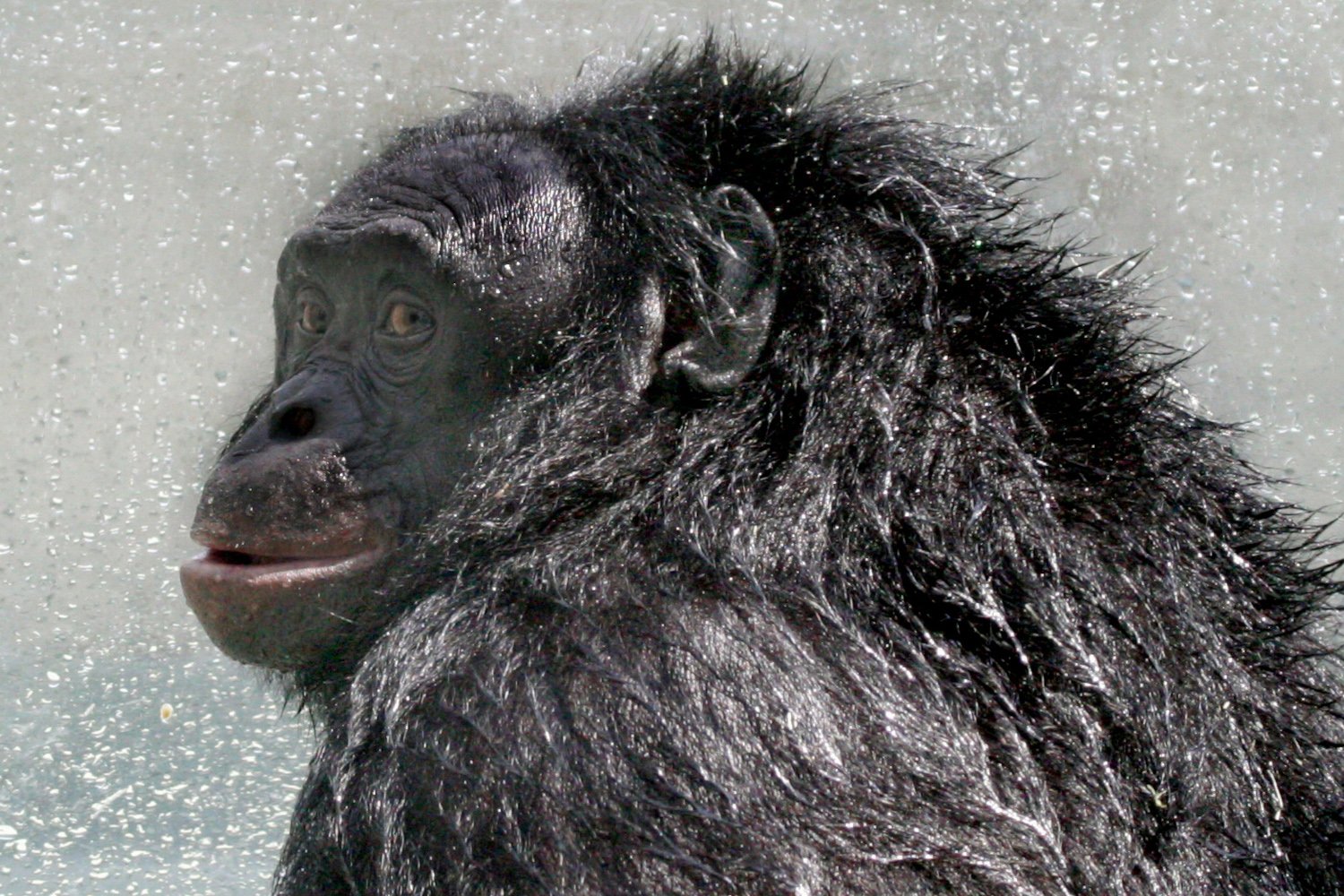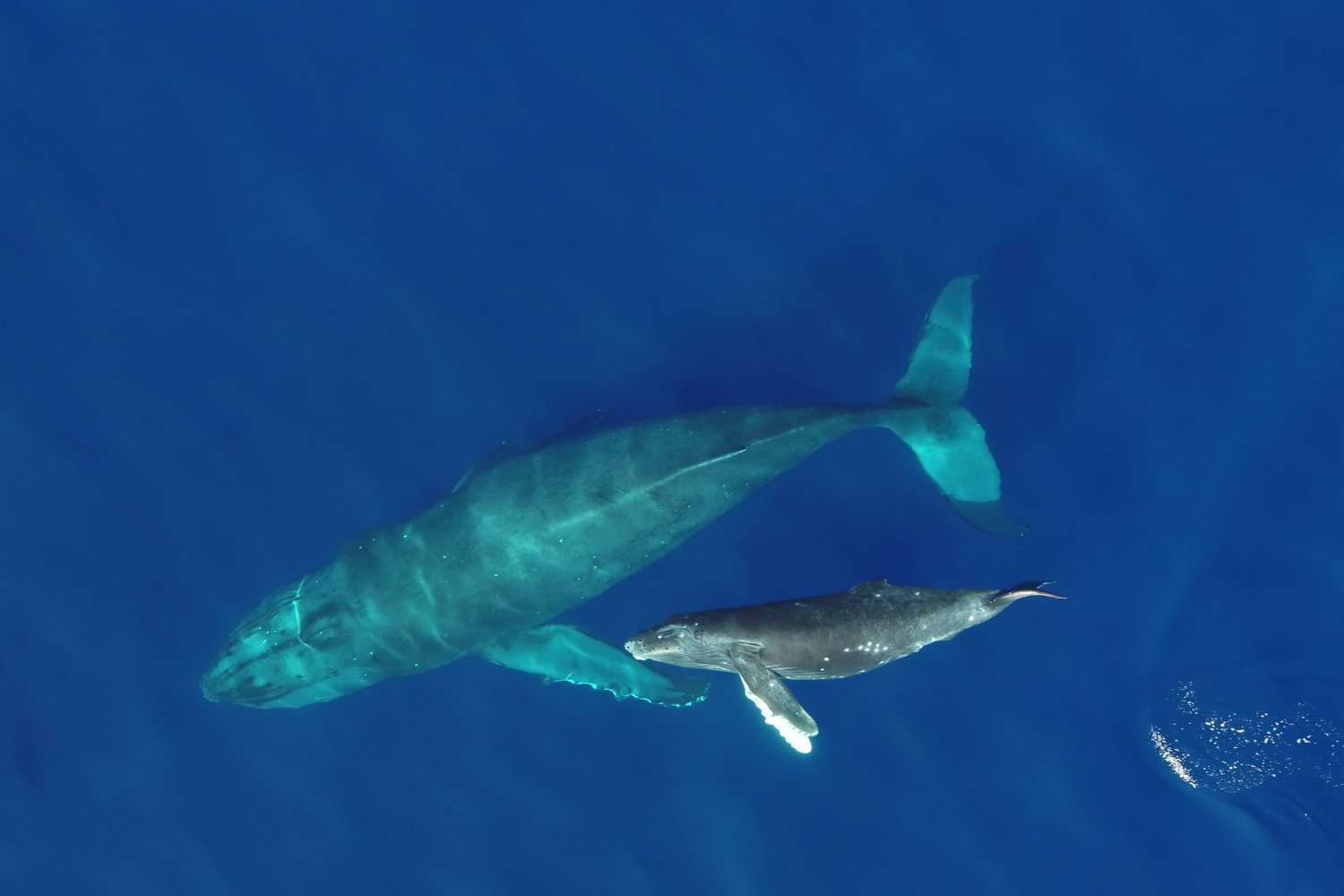The Baltic Sea is home to what may be the largest known clone in the world: a massive expanse of bladderwrack seaweed spanning over 310 miles (500 kilometers). Previously misidentified as narrow wrack, this enormous clone raises concerns about the species’ resilience in the face of climate change.
A recent study published in Molecular Ecology reveals that this extensive seaweed population isn’t narrow wrack at all, but rather a giant clone of common bladderwrack. Researchers from the University of Gothenburg used genetic analysis to confirm this discovery, highlighting the clone’s dominance in certain areas of the Bothnian Sea, a northern section of the Baltic.
Clones arise from asexual reproduction, creating genetically identical copies of the parent organism. In this case, fragments from a single female bladderwrack plant have spread via water currents, establishing new cloned populations across a vast distance. This is in stark contrast to the typical sexual reproduction process of bladderwrack, which involves fertilization between male and female plants.
“This clone comprises millions of individuals, and in some areas, it is completely dominant,” explained Ricardo Pereyra, a marine scientist at the University of Gothenburg who led the study’s genetic analyses. While other large clones exist in the Baltic Sea, this bladderwrack clone dwarfs them all, earning it the moniker “super female.” It potentially represents the largest known clone of any organism discovered to date.
Bladderwrack plays a crucial role in the Baltic Sea ecosystem, forming underwater forests that provide habitat for a diverse range of marine life. These forests, extending down to 32 feet (10 meters) below the surface, shelter young fish, snails, crustaceans, and even larger fish species.
However, the dominance of this massive clone raises concerns about genetic diversity, a key factor in a species’ ability to adapt to environmental changes. “The Baltic Sea is facing warmer temperatures and potentially fresher seawater,” explained Kerstin Johannesson, a biologist at the University of Gothenburg and co-lead author of the study. “A clone lacks the genetic variation that allows populations to adapt and survive such shifts.”
Genetic diversity enhances a species’ resilience to threats like disease or changing environmental conditions. In a diverse population, some individuals are more likely to possess genes that confer resistance, ensuring the survival of at least a portion of the population. Conversely, a genetically homogenous clone is vulnerable to widespread devastation if a threat emerges for which it has no inherent defense.
The researchers’ findings underscore the potential vulnerability of this vast bladderwrack clone to the impacts of climate change. The future of this “super female” and the ecosystem it supports hangs in the balance as the Baltic Sea continues to transform. Interestingly, the team also discovered another small, bushy seaweed species closely related to bladderwrack. This species, however, reproduces exclusively through sexual reproduction, suggesting a potentially more resilient strategy in the face of environmental change.
This research underscores the importance of understanding the genetic makeup of marine populations and the implications for conservation efforts in a rapidly changing world. The fate of this giant bladderwrack clone serves as a stark reminder of the potential consequences of reduced genetic diversity in the face of environmental challenges.



